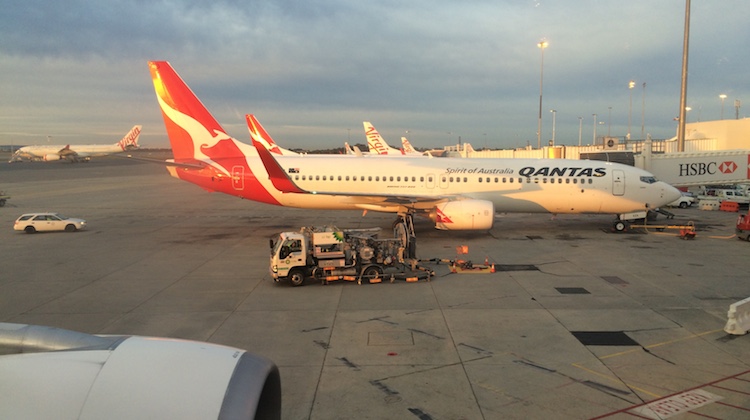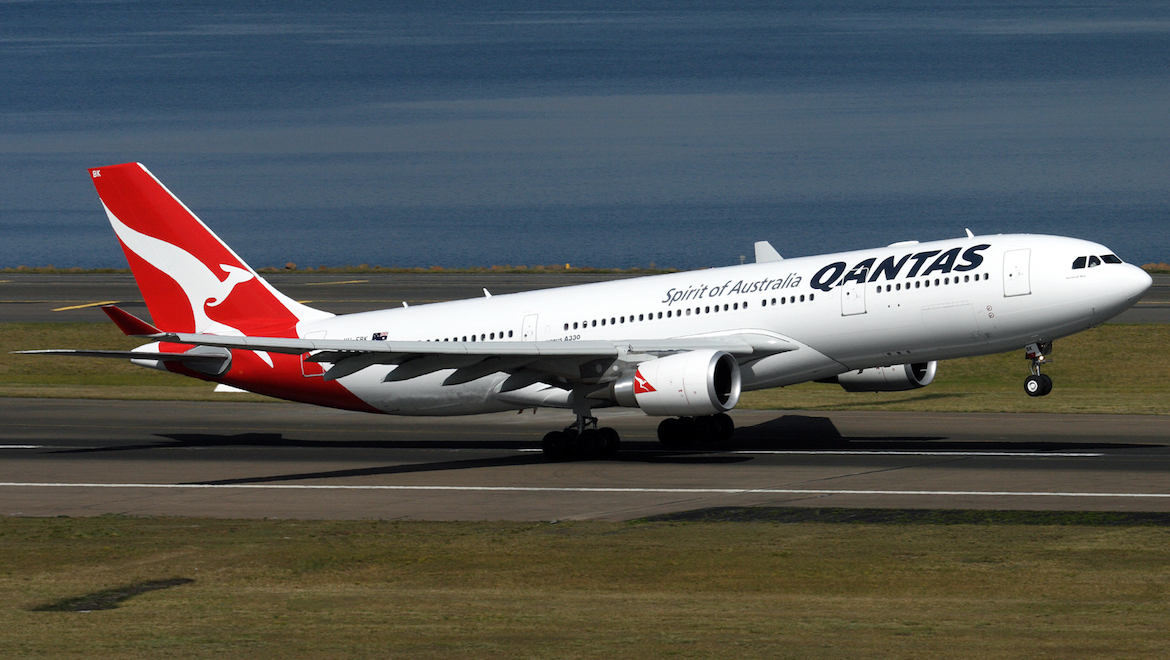
Qantas plans to cut capacity to Hong Kong by up to seven per cent amid through downgauging existing services amid falling demand and political unrest in the Special Administrative Region.
Hong Kong has been rocked by massive demonstrations in recent months that first began when people filled the city’s streets in opposition to a proposed extradition bill that may have allowed those suspected of crimes being sent to China for trial.
While Hong Kong chief executive Carrie Lam has removed the bill from the legislative program, the street marches have continued and turned violent as protesters clashed with police and other groups.
In addition to the complete withdrawal of the extradition bill, the demonstrators were calling for the Hong Kong government to retract its description of the protests as riots, drop criminal chargers against protesters arrested and release those in detention, hold an independent inquiry into the actions of the Hong Kong police, and implement universal suffrage.
Most recently, demonstrations took their campaign to Hong Kong airport, resulting in scores of cancelled flights and tightened security measures.
Qantas chief executive Alan Joyce the airline’s Hong Kong services has suffered amid the political turmoil.
“The Hong Kong market has taken a hit. We have seen volumes down in the immediate future by up to 10 per cent,” Joyce told reporters in Sydney on Thursday after handing down the airline group’s 2018/19 full year results.
Currently, Qantas operates a mixture of Airbus A330, A380 and Boeing 787-9 aircraft to Hong Kong from Brisbane (daily), Melbourne (daily) and Sydney (double daily).
Joyce said there was flexibility within the fleet to manage capacity into and out of Hong Kong in the period ahead.
“We have A330-300s flying the routes. Our intention is to downgrade them – same product, same service – to A330-200s.
“That will take around seven per cent capacity out of Hong Kong and we will take that out for the next few months.”
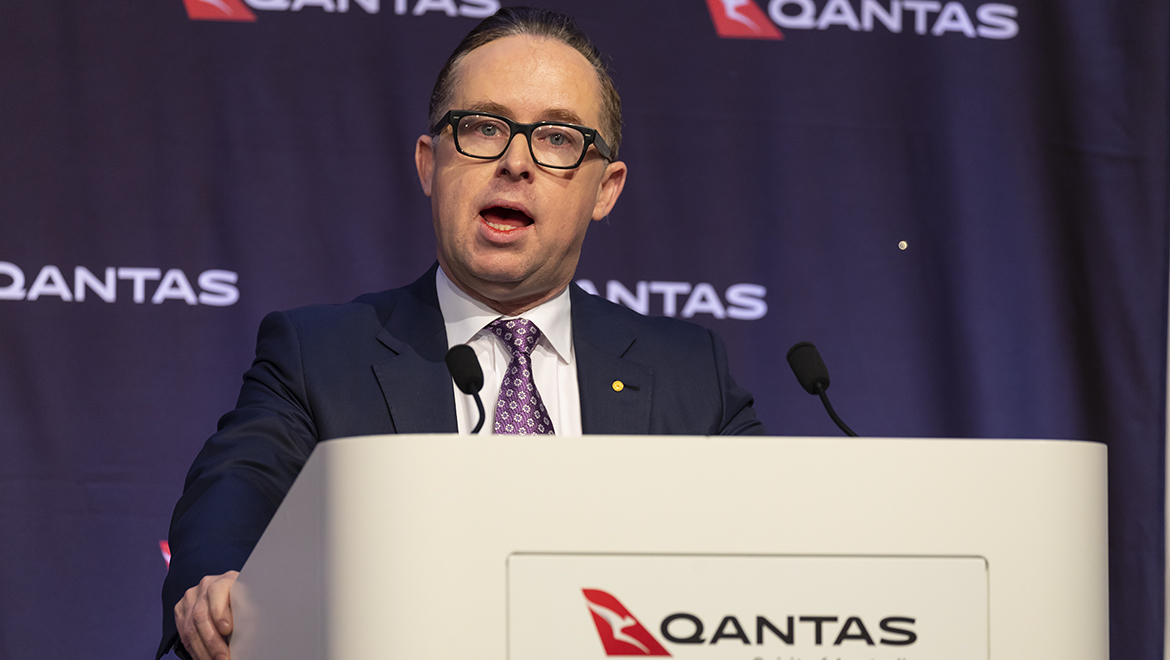
The downgauge represented a capacity reduction in the economy cabin, given Qantas’s A330-200s and A330-300s have the same number of business class seats.
Qantas’s fleet of 18 A330-200s have either 271 seats (28 in business and 243 in economy) or 251 seats (27 in business and 224 in economy). Meanwhile, the airline’s 10 A330-300s have 297 seats (28 in business and 269 in economy).
Joyce said he expected demand to return once the crisis was over.
“Our experience of these geopolitical events occurring in other places is that there is a fast rebound after the issue calms down, whether that was in Thailand or issues we had with the bombings in Bali or even things like volcanoes,” Joyce said.
“They rapidly rebounded afterwards and that will be our expectation for Hong Kong.”
The Qantas boss said the A330-300s would redeployed on markets that were experiencing significant growth such as Manila and Singapore.
Hong Kong-based Cathay Pacific, which was forced to cancel hundreds of flights in August when demonstrations took their campaign to the airport, said it anticipated a challenging few months ahead.
The airline group’s latest monthly traffic report, published on Wednesday, showed revenue passenger kilometres (RPK) on the airline group’s mainland China services fell 1.1 per cent in July. It was the only region to suffer a drop in RPKs, a measure of demand.
“Recent events in Hong Kong over the past two months did not substantially impact our passenger business in July,” newly installed Cathay Pacific chief customer and commercial officer Ronald Lam said in the report.
“However, we anticipate a much more significant impact to our revenue in August and onwards.
“Traffic into Hong Kong, both business and leisure, has weakened substantially and we’ve also now seen ex-Hong Kong traffic starting to soften, especially on our short-haul network including mainland China, Taiwan, South Korea and South East Asia.”
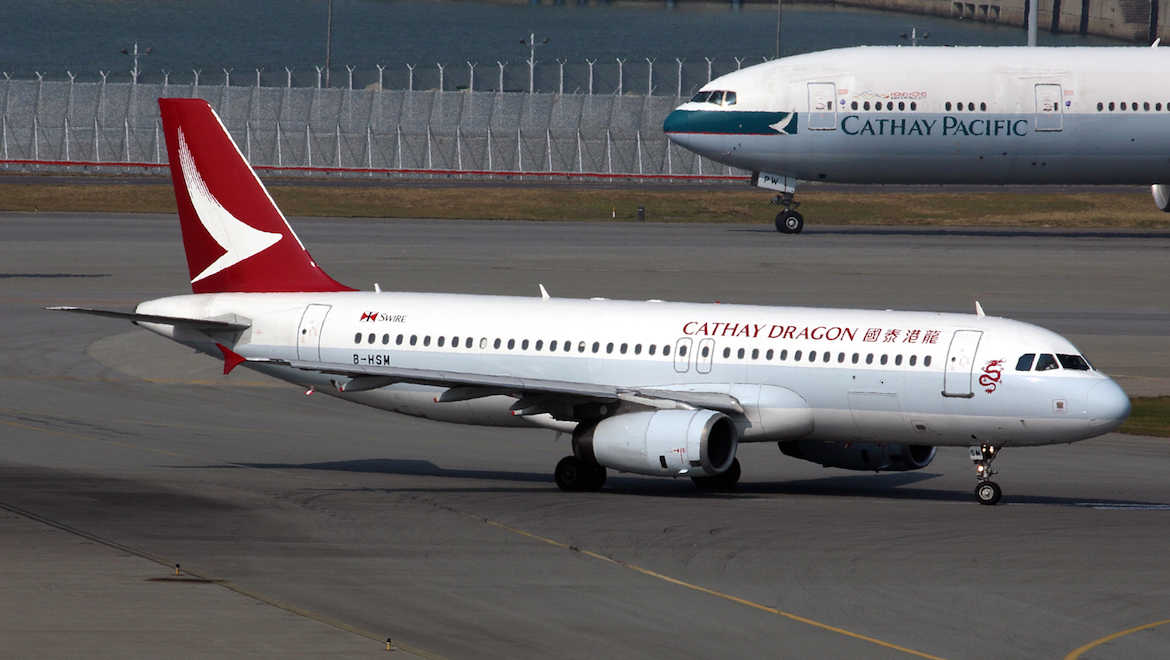
Singapore flights affected by Jet Airways’ demise
While Joyce said Qantas’s flights to Singapore were performing well, the route had been affected by the collapse of Indian carrier Jet Airways due to financial difficulties.
Qantas had been codesharing on Jet Airways’ flights from various points in Asia to India and its demise has led to some of those passengers travelling between Australia and India flying on other carriers.
Even prior to the collapse of Jet Airways, Qantas had said earlier in 2019 its ability to offer codeshare route options between Australia and India has been impacted by changes to Jet Airways’ and Air India’s distribution platforms.
In response, the airline has been offering codeshare flights from Hong Kong to India on Cathay Pacific and was seeking a new codeshare partner from India.
“The Singapore flights did take a bit of a hit because of Jet Airways,” Joyce said.
“We are in dialogue with a number of alternative Indian operators. They are all very keen to deal with Qantas so we are hopeful we will be able to have an arrangement there that works into the future.”
Singapore is one of Qantas’s biggest international destinations with double-daily flights from Melbourne and Sydney (one flight continues on to London Heathrow), as well as daily services from Brisbane and Perth.
And Joyce said it was still a huge growth market “because there are a lot of other destinations with Jetstar Asia that we connect to”.
That growth was reflected in Qantas’s decision to expand existing premium passenger lounge and build a new first class lounge slated to open before the end of 2019 at Singapore Changi Airport Terminal 1.
Elsewhere in the Qantas international network, the airline said its services to London had improved significantly and were now “profitable for the first time in 10 years”.
Qantas international reported underlying earnings before interest and tax (EBIT) of $285 million for 2018/19, down 28 per cent from the prior year. This compared with a 60 per cent decline at the half.
Revenue rose 7.2 per cent to $7.43 billion
In terms of the fleet, Qantas said in expected to have the first of its 12 A380s refurbished and flying by September, with entire fleet to be completed by the end of 2020 at a rate of about one aircraft a month.
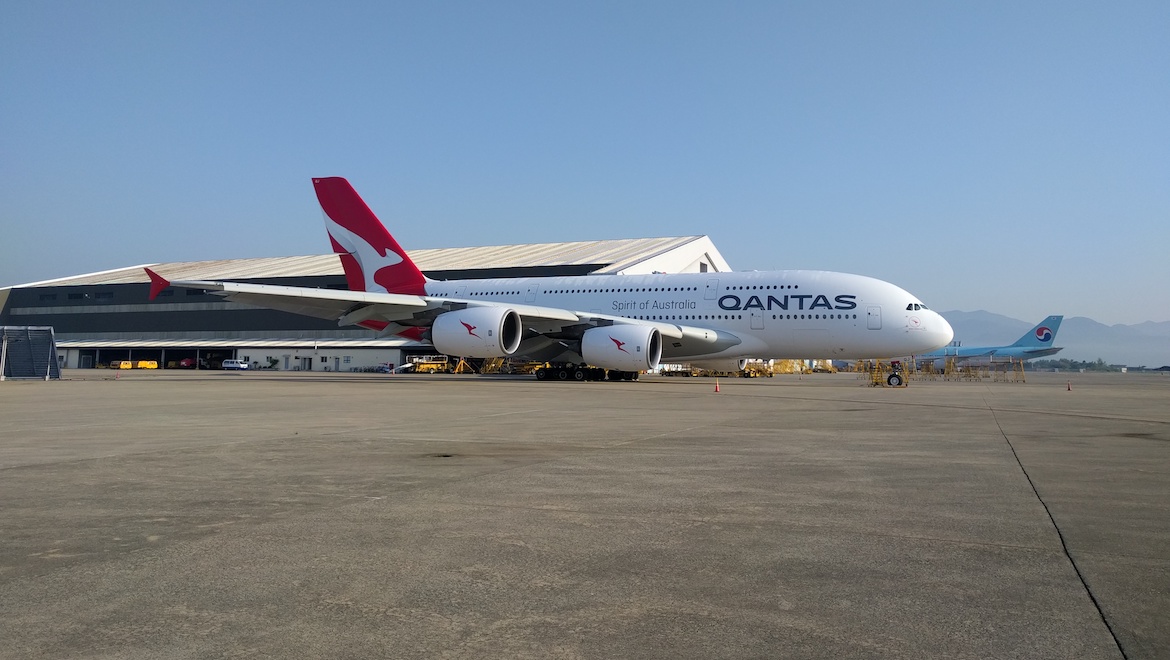
Domestic market mixed
Meanwhile, Qantas’s domestic business posted underlying EBIT of $740 million, down 3.3 per cent from the prior corresponding period. Revenue was 2.7 per cent higher at $6.1 billion.
Joyce said it was a mixed picture in the Australian market. While the corporate sector was flat, the resources market was continuing to rebound.
And it was a similar story in the leisure segments of the domestic market.
“We are still seeing huge growth in the resources sector, particularly in Western Australia, but it is being offset by declines in financial and declines in telecommunications,” Joyce said.
“Premium leisure is actually still very strong and robust but price-sensitive leisure we’ve seen that being weak recently. That’s in the Jetstar end of the market.
“It’s a mixed bag, but with the optimism around our ability to manage capacity, I think we can manage those variations quite effectively.”
Qantas’s domestic capacity, measured by available seat kilometres (ASK), fell 1.5 per cent in 2018/19. At Jetstar, domestic ASKs were up 1.6 per cent in the year.
